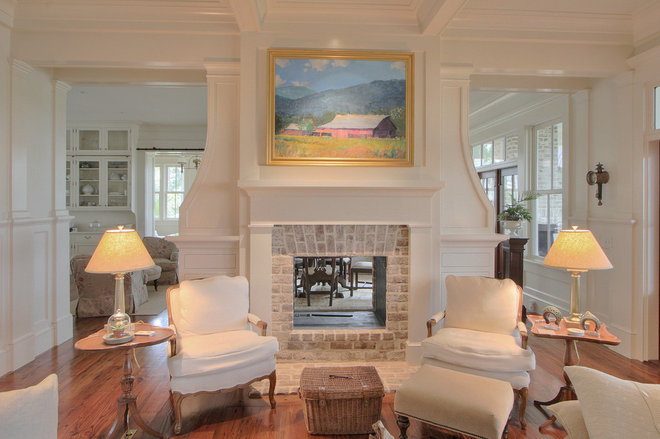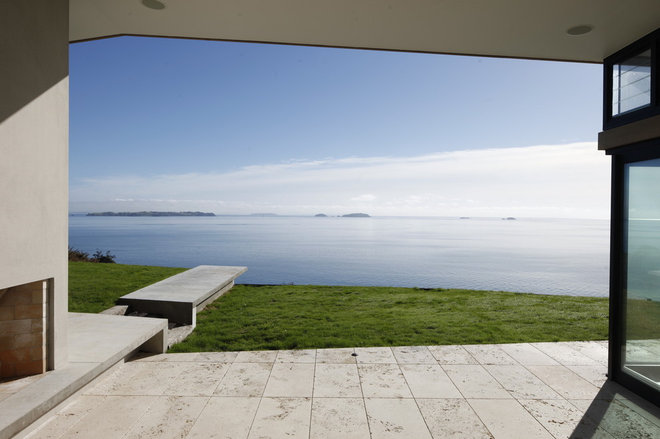There’s a myth going around to the effect that you’ll never get your
house built just right. There will always be something you forgot,
something you’d do differently, something that’s just not quite right.
I’ve heard folks tell me time and again that that’s just the way it is.
There’s just no getting around the simple fact that the house you build
just won’t be 100 percent right.
Well, I have to say that this
is simply not true. There are steps anyone can take that will ensure
that a house will be perfect, with no regrets. Here are some of them.
Know thyself. Who are you? What do you like? What do you hate? What is your ideal living arrangement? What is your favorite season?
What do you enjoy doing?
These
are some of the many questions you’ll have to answer to create the
perfect home. You see, we simply don’t live in a space bounded by four
walls, a ceiling and a floor. While we all share a lot of common
traits, each of us is unique. So yes, start with a room count and a
square footage and a style, but then take that to the next level by
tailoring the plan to you and yours.
Hire a professional. Just
as there are benefits to hiring independent counsel rather than
representing yourself in court or going to a doctor to diagnose and
treat an ailment, you’ll likely benefit from
hiring a professional.
Be it an architect, a kitchen designer, an interior designer or
another trained — and ideally licensed — person, a professional can help
you in countless ways, including:
- Helping you get to know yourself and what you want
- Guiding you to the best solutions for your particular issues
- Asking you things that you never would have thought about
Make
sure to hire the right professional for you, though. Doing your
homework to find that person will be well worth your time. And don’t
think that all architects and designers are equal. A professional who
listens to you and whom you can work with will save you time, money and
grief throughout the project.
How to hire the right architect for you
Make a plan. While you
can go grocery shopping without a list, chances are you’ll forget
something or buy something you don’t need. So just as having a shopping
list comes in handy at the supermarket, having a plan will come in
handy when you create a new home.
6 Steps to Planning a Successful Building Project
Think big. Daniel
Burnham, the great 19th-century Chicago architect, once said, “Make no
little plans. They have no magic to stir men’s blood and probably will
not themselves be realized.”
Don’t think “big” relates only to size; it doesn’t. Big
ideas are what count. So think of how your home relates to and becomes a part of the landscape, how your
home will meet the ground, how your home
will meet the sky and how your home is a reflection of you and who
you are. Just remember that
big idea is what will give your home its overarching and defining character.
Think small. Designing and building a home, or just simply
remodeling a kitchen,
involves making many, many decisions. Some of these will be big, but
many, many more will be of the small-detail variety. Making all of
these decisions can be daunting, and the help of a design pro will come
in handy. And while you can avoid having to make these decisions by
limiting your choices to just a few, having a universe of options
available just might mean you’ll select the perfect detail.
Architecture: Details Make all the Difference
Think in between. From the
scale of the big idea to the smallest detail, it all comes together
somewhere in the middle. This is where you’ll live, where you’ll enjoy
the warmth of a plaster wall, a comfortable patio, a counter at just the
right height and more. You don’t want to skimp on the amount of time
you’ll spend on the planning or designing of
this middle ground.
Enjoy. It will take longer
than you plan, and you’ll invest more than you expect. But in the end
you’ll have a home that will fit you and yours like no other. You’ll
revel in the touch and feel of everything, and you won’t be able to wait
to be home to enjoy how the light falls across a wall or how that
little extra storage space has made all the difference. You’ll have a
place that you won’t feel the need to change, to expand, to redecorate,
to remodel for many years to come, if ever.
Welcome home!






